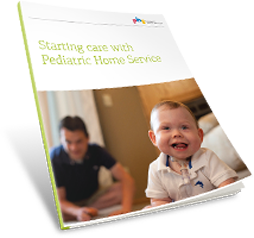Optimizing Transition From Pediatric to Adult Healthcare: Takeaways at the 2018 Kids Thrive Conference
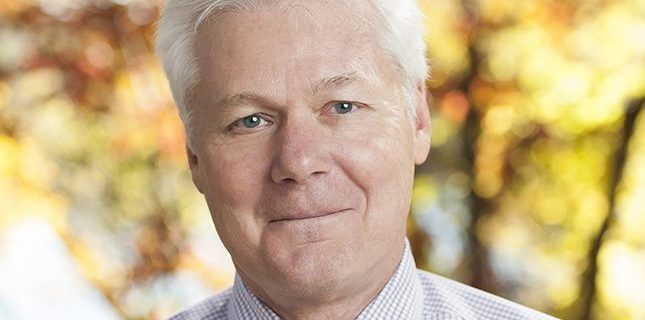
Roy C. Maynard, M.D., is the Medical Director for PHS. He serves as PHS’s clinical leader, working with the team to provide consultation and advice to ensure quality and effective pediatric home care to patients and their families in their own homes. He also leads implementation of clinical policies, procedures, and programs to further enhance the best possible care for each child. He is a Neonatologist and Pediatric Pulmonologist, and served as a staff physician at Children’s Hospitals and Clinics in Minneapolis, Minn.
On April 26, Pediatric Home Service partnered with Gillette Children’s Specialty Healthcare and University of Northwestern to present Growing Up Complex: Creating a Seamless Transition from Pediatrics to Adulthood. Healthcare professionals spoke to the diseases that are seeing a growing adult population, the best practices for ensuring a smooth transition into adult care, a personal perspective of that transition process, and more.
To conclude the conference, a panel of providers from Gillette – Madeleine Gagnon, MD, Robert Wagner, MD, Emelia Rogers, LICSW, and Kathy Lindstrom, NP – offered their perspective on questions surrounding this increasingly critical topic. The conference provided many takeaways for attendees that will undoubtedly improve how they consider the needs of their aging patients. Here are five points that were made in the panel discussion that deserve more emphasis, for both the healthcare professionals and family caregivers reading.
Successful transition means different things to different people
Because the needs of the patient or the process of a provider can vary so greatly, there isn’t one standard definition of what constitutes a successful transition. For Dr. Gagnon, seeing a patient thriving in their home community where they have satisfying experiences and all their needs met signifies success.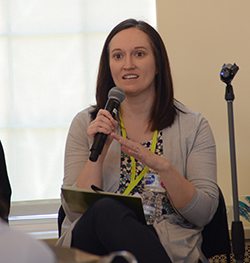
“It can be a challenge to find providers who are comfortable with adults who are as complex as many of our patients,” mentioned Gagnon. “I don’t just want just any doctor who’s willing to take someone with disabilities, I want a provider who is really good at their specialty and is going to provide really good care in that discipline.”
Emelia Rogers also acknowledged that there are many different parts of transition – the shift into adulthood, as well as the move to a new clinic – that need to be successful for the process to be considered successful.
The earlier the transition process is started, the better the outcome
As Kathy Lindstrom stated, when you ask a child ‘what do you want to be when you grow up?’ you are focusing on their future and transition into adulthood – often from a very early age. The thought process should be no different for a medically complex child.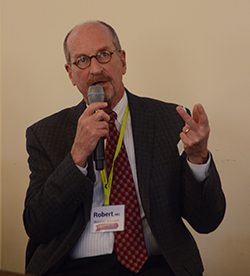
“Research suggests starting more formal conversations around age 12,” says Lindstrom. “And all caregivers, whether family or professional, should be involved in that process.”
Dr. Wagner also mentioned that by the time he sees patients in the adult clinic at Gillette, they are often already adults. They are struggling with the aftermath of many changes that happen, from exiting the school system, changes in insurance, and topics like guardianship or conservatorship.
A smooth transition is a team effort
Medically complex adolescents rely on a collaborative group of healthcare providers and caregivers to help keep them healthy. This entire team will be important in helping to facilitate a successful transition into adulthood.
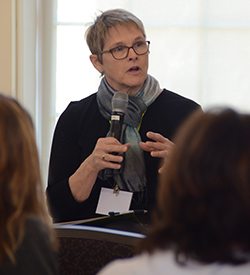
Lindstrom encourages home care nurses or professionals in the home to have a conversation with the family about the first steps in a transition. They can assist in organizing the areas of care that will need attention – an often-daunting task for complex needs. From here, the family can begin discussions with their identified pediatric providers, who can in turn assist in the family’s search for an adult provider who can meet the adolescent’s needs.
“I spend a lot of time in clinic helping families gather the information they have and putting it together into a format they can communicate clearly and easily with a new provider,” said Lindstrom. “Having notes and a very clear chart that can help assist them to have a good transfer of care is huge – and some of that work can be done at home with families and other in-home providers.”
By building a network of individuals working together to coordinate a patient’s transition into adulthood, families can feel more prepared as providers play an indispensable role in connecting them to potential adult providers.
Find – and be – a strong advocate for the patient
When a provider has followed a medically complex child throughout their childhood, they have an in-depth knowledge of this individual’s condition and needs. This makes it imperative for them to play an active role in advocating for the adolescent. And in turn, it’s in everybody’s best interest to find an adult provider who will also advocate for the best interests of the patient.
“Some providers traditionally aren’t as comfortable with such a medically complex population, so I ask myself, ‘how do we educate them and broaden that advocacy experience’?” says Gagnon. “So I try to truly be an advocate for the patient with other doctors.”
There’s more to a patient than a medical record
A medically complex patient’s medical record may be extensive or intricate. However, it is always beneficial to step back from the details of their condition and consider what the provider can offer despite their technology.
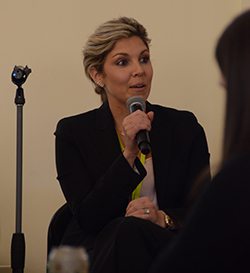 “I try to help patients be seen for more than their ICD-10 codes,” mentioned Gagnon. “A provider may come to conclusions about someone before an appointment is even scheduled based on what’s in their medical record. I love working with adult providers because I can encourage them to see past a wheelchair, trach, or g-tube and focus on their specialty and how they can help a patient in that area of care.”
“I try to help patients be seen for more than their ICD-10 codes,” mentioned Gagnon. “A provider may come to conclusions about someone before an appointment is even scheduled based on what’s in their medical record. I love working with adult providers because I can encourage them to see past a wheelchair, trach, or g-tube and focus on their specialty and how they can help a patient in that area of care.”
It’s important to help everybody feel comfortable,” added Rogers. “We’re calling on a particular physician because they’re an expert on this topic – so be an expert and then ask a lot of questions. It doesn’t have to be about their other physical disabilities.”
We were also reminded that there is more to a patient beyond their medical care. When an adult’s future will always require a team of providers, getting to know that individual as a person is an invaluable step to a trusting and strong relationship.
“Parents have told me their frustration with providers talking to them about their child’s disabilities before even thinking to ask about their abilities,” recalled Wagner.
With this diverse group of providers coming together, conference attendees walked away with a new perspective on helping patients transition into adulthood.
Originally published: May 9, 2018